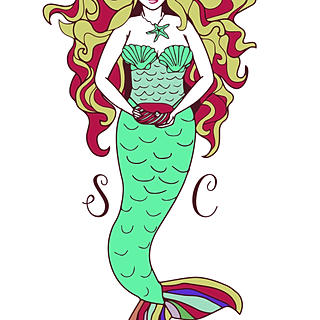Finding a Manufacturer
- Bill Holmes
- Aug 8, 2018
- 2 min read
My first step was to find a manufacturer who specialized in low cost (more on that later!) molds for injected plastic manufacturing. Mike had done some initial investigation for me and had come up with several different options. When you are thinking of producing a plastic product, there are several considerations that Mike took the time to explain to me.
What materials are you going to use? There are a shocking number of different materials and they all have different characteristics. Luckily, the SeaClutch didn’t have any functional issues to address like electrical conductivity or tolerance for solvents. Our primary concern was how it felt and looked.
The next consideration is the design itself. Think of any plastic product you are familiar with – a spoon, milk jug, etc. They all come from molds, and a mold must be at least two separate pieces. They are pressed together and the plastic is injected. After it cools sufficiently, the mold separates, and the product is extracted. Since I was trying to keep the costs down, we would need to make some design modifications so that we could use a “familial” mold, meaning that both pieces of the SeaClutch would be part of the same mold assembly.
There were additional parts associated with bringing the SeaClutch picture frame holder to market such as the tightening screw in the back and packaging. We had been using 3D printed screws and 3D printed grooves for the screw to tighten into, but that was not going to work for a high quality production product. Packaging was a completely separate issue as I needed to make sure that it could be displayed on a commercial shelf and also met large online retailers’ inventory requirements. Did I want the final product bagged, boxed, etc?
And to meet those retailers’ requirements, I would need a UPC code. More on that later.
Finally there was the cost of the mold and manufacturing itself. Injectable molds are rated by complexity and durability. Luckily, the SeaClutch picture frame holder was not a complex product, so that was not an issue. I would need to consider how many units I wanted the life of the mold to be rated for. If I guessed too little we would be buying another mold very soon! Guess to much, and I would be spending money for nothing!
I would need to determine the overhead costs of the mold itself. Then I would need to determine the per unit cost of each SeaClutch including materials, manufacturing, assembly and shipping. Once I determined my initial order size, I would need to amortize the cost of the molds across the initial order and determine a true “per unit cost”, which would allow me to come up with a pricing structure. Finally, with my cost and profit structure in place, I could determine my break even point.
Easy, right?
With this in mind, I began to reach out to manufacturers.




Comments